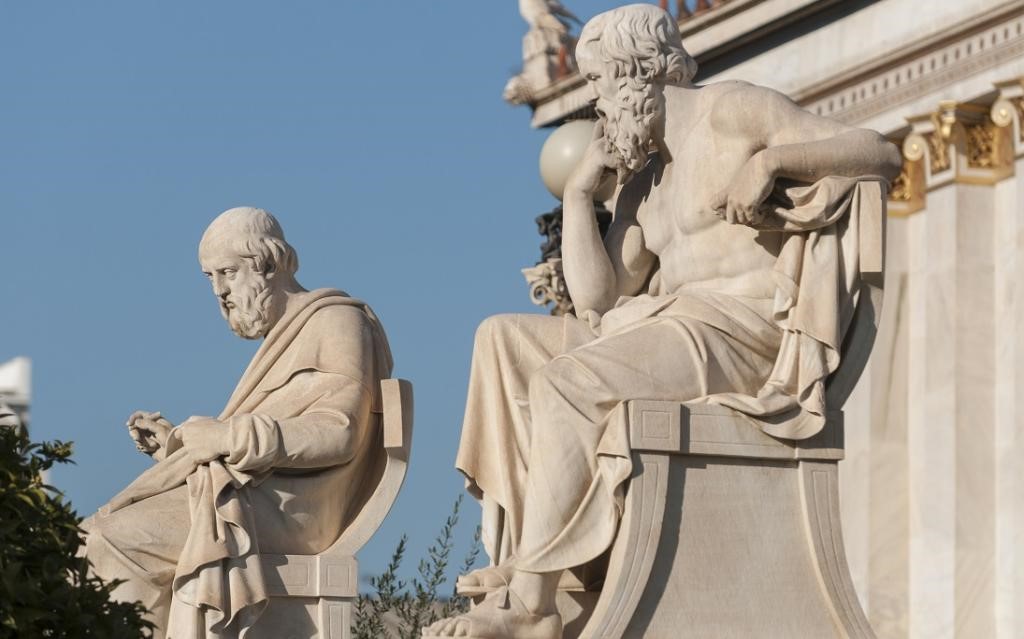Free Courses Sale ends Soon, Get It Now


Free Courses Sale ends Soon, Get It Now



Disclaimer: Copyright infringement not intended.
Context
Background
Discovery
Deciphering of Scrolls
Genomic Study of the Avars
Background
Genomic Study
Plato's Life Revealed Through Papyrus Scrolls
Discovery of Plato's Grave
Political Involvement in Syracuse
Avars: Nomads from Asia to Central Europe
Migration and Establishment
Challenges to Byzantine Empire
End of Avar Khaganate
Genomic Insights into Avars' Social Practices
|
PRACTICE QUESTION Q. Which ancient Roman city's papyrus scrolls, discovered in excavations, provided insights into the life and burial of the ancient Greek philosopher Plato? A. Pompeii B. Herculaneum C. Ostia D. Carthage Answer B. |
© 2024 iasgyan. All right reserved